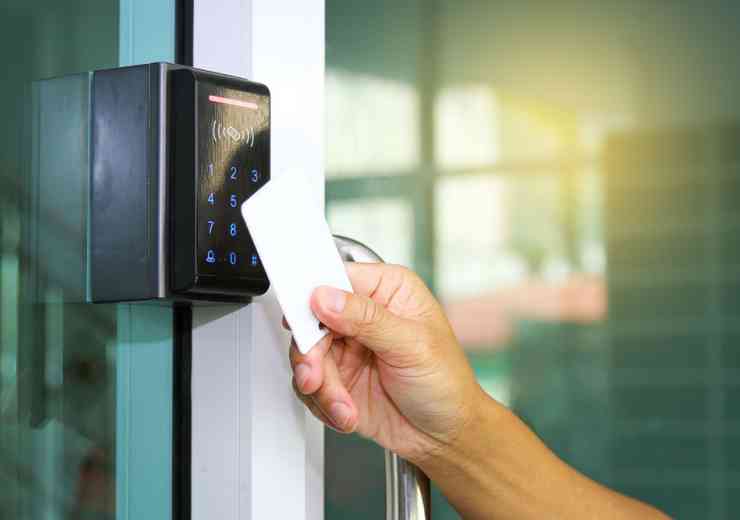Chemical detection robots and drones to be tested
Troops, police officers and scientists have trialled a new fleet of robots and drones designed to test for chemical agents, provide 3D mapping and identify casualties.
Co-funded by the Ministry of Defence and the Home Office, the multi-million-pound project includes robots that can ‘read’ and climb stairs and miniature drones weighing less than a bar of soap which could soon come into service to rapidly assess hazardous scenes.
Known as Project Minerva, the initiative aims to reduce the risk to emergency services and front-line troops attending incidents or operations involving hazardous chemical or biological materials. First launched in September 2016, Project Minerva has been supported by over £3 million in joint funding over 24 months.
Defence Secretary Gavin Williamson said: “Following the reckless nerve agent attack in Salisbury this year, we have seen the bravery and professionalism of our Armed Forces, emergency services and MOD scientists. They have worked tirelessly to investigate and clean up deadly contaminated areas. This project will ensure we stay at the forefront of dealing with such heinous attacks, whether on our streets or on foreign battlefields. We are investing millions in this pioneering technology to do more to protect those who so fearlessly protect us.”
Security Minister Ben Wallace added: “I am excited to see the UK being on the front-foot and leading in the development of these autonomous technologies which are secure, reliable and useful for dangerous sites. The potential to protect our responders and protect the public from potentially hazardous scenes is considerable. The UK’s experience and pedigree in security means we are in a prime position to identify what is best placed to tackle the threats of the future.”
digital issue


























